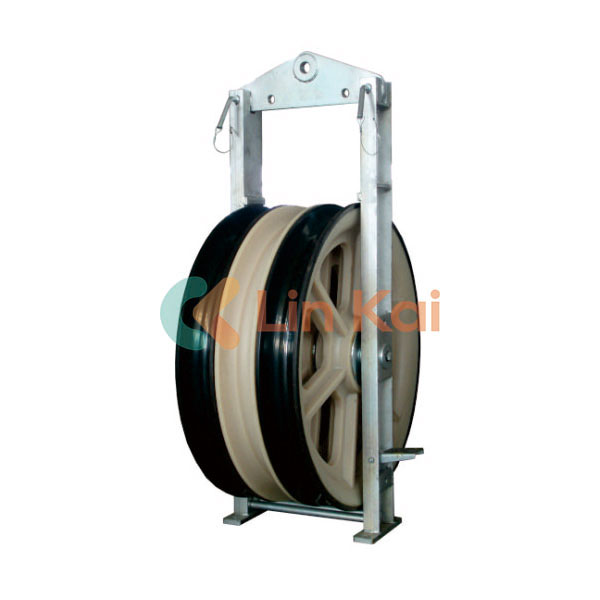
- English
- Español
- Português
- русский
- Français
- 日本語
- Deutsch
- tiếng Việt
- Italiano
- Nederlands
- ภาษาไทย
- Polski
- 한국어
- Svenska
- magyar
- Malay
- বাংলা ভাষার
- Dansk
- Suomi
- हिन्दी
- Pilipino
- Türkçe
- Gaeilge
- العربية
- Indonesia
- Norsk
- تمل
- český
- ελληνικά
- український
- Javanese
- فارسی
- தமிழ்
- తెలుగు
- नेपाली
- Burmese
- български
- ລາວ
- Latine
- Қазақша
- Euskal
- Azərbaycan
- Slovenský jazyk
- Македонски
- Lietuvos
- Eesti Keel
- Română
- Slovenski
- मराठी
- Srpski језик
The history and impact of pulley systems
2024-03-05
Pulley systems, simple mechanical devices consisting of grooved wheels and ropes, boast a fascinating and ancient history spanning several centuries. In this article, we will explore the evolution of pulley systems from their ancient origins to their modern engineering applications.
The earliest recorded use of pulley systems dates back to ancient civilizations such as the Egyptians and Greeks, who utilized pulleys for various tasks including lifting heavy stones during construction and drawing water from wells. These early pulley systems were typically made of wood and operated using ropes made from natural fibers such as hemp.
As civilization progressed, so did the design and application of pulley systems. In the Middle Ages, pulleys became more widespread in Europe, particularly in industries such as mining and agriculture. They played crucial roles in the development of machines like windlasses and cranes. During this period, pulley systems were often handcrafted by skilled artisans and made from wood, metal, or a combination of both materials.
The Renaissance witnessed significant advancements in engineering, including studies in mechanics and the development of more complex pulley systems. Engineers like Leonardo da Vinci made important contributions to understanding pulleys and their potential applications. Da Vinci's designs and drawings of pulley systems demonstrated their versatility and practicality.
The 18th and 19th centuries' Industrial Revolution marked a turning point in the history of pulley systems. With the advent of factories and mass production, pulleys were manufactured on a larger scale with greater precision. These pulley systems found wide application across various industries, from textile mills to shipyards, playing a crucial role in the mechanization of labor-intensive tasks.
In the 20th century, with the rise of modern engineering technologies, pulley systems continued to evolve. Materials such as steel and synthetic fibers replaced traditional materials like wood and hemp rope, making pulley systems more durable and efficient. Automation and computer-aided design further improved the precision and complexity of pulley systems.
Today, pulley systems are an indispensable part of numerous industries and applications. They are used in construction cranes, manufacturing conveyor belts, and transportation systems. In the automotive industry, timing belts essentially constitute specialized pulley systems vital for the operation of engines. Pulley systems are also employed in heavy machinery such as mining equipment and agricultural machinery.
One of the most notable modern applications of pulley systems is in elevators. Elevators rely on pulley systems with counterweights to safely and efficiently transport passengers and goods between floors. The design and engineering of elevator pulley systems have become highly complex, ensuring the smooth and reliable operation of buildings of various scales.
In conclusion, pulley systems have come a long way from their humble origins in ancient civilizations to the present day. Their evolution reflects the progress of human knowledge and technology. Today, pulley systems demonstrate the enduring relevance of simple machines in a complex world, and they continue to play a crucial role in modern engineering and industry.

